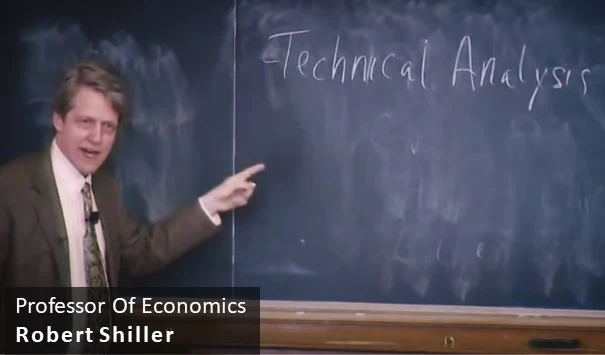Price Action Trading and Technical Analysis Guide

The process of technical analysis revolves around studying price charts and identifying patterns that provide insights into the movements of stock prices or other speculative asset prices.
— ROBERT SHILLERIn the world of investing, technical analysis plays a crucial role in examining stock prices and other speculative assets. By studying price charts and identifying patterns, investors can make informed predictions about future price movements.
In this article, we delve into the popular trading technique known as Price Action Trading, which has gained immense popularity among swing traders, day traders, and scalpers.
The Technique you are going to learn is purely price action on the clean chart in front of you, with the main purpose of finding what are the buyers and the sellers doing and what are they most likely to do next.
Price action trading, often referred to as a form of technical analysis, involves reading the market and interpreting market sentiments based on price movements on the chart.
Although some investors disregard technical chart patterns as useless but many believes that there's always a practical explanation behind them. Some investors compare it to astrology.
Now, let's delve into the topic and address the fundamental question: What exactly is Price Action Trading?In simple words, price action trading is a 'pure' form of technical analysis since it included no indicators.
Price Action Trading is also referred to as 'natural trading', 'naked trading', 'clean chart trading' or 'raw trading'.
The image below shows a clean price chart, with no messy indicators just a pure price action chart.

If you look at both of these charts and consider which one is simpler to study and trade from, the answer should be very obvious.
It doesn't mean that price action traders don't use indicators. They do but on rare occasions to augment their entries and exit trading plan.
The Psychology Of Price Action
The Psychology of Price Action highlights that market movements follow cycles, meaning that what goes up will eventually come down. Price action analysis assists in identifying trends and empowers traders to take control of their actions, eliminating the need to blindly adhere to preset rules.
In this young market, many retail traders, hedge funds, and institutional traders use Price Action trading strategies to predict the direction of the future market of financial securities.
Here comes the best part of Price Action trading that their strategies work in any type of financial instrument like future, option, commodity, stocks, forex, or any other market that's traded on the exchange.
Throughout this section, we will explore multiple Price Action Trading strategies such as:- Inside Bar pattern
- Fakey pattern
- Pin bar pattern and many more
There are many different Price Action strategies you can use, such as breakouts, support, and resistance, round number effect, etc.
Price Action Tools
Price Action Trading tools are as follow :- Breakouts
- Candlesticks
- Volume
- Human behavioral pattern
- Round number effect
- Trends
- Support and Resistance
- Pullback reversal
- False high and low
Don't go blindly behind any setup like "Head and Shoulder" or "Bull Flag Pattern". Try to analyze the situation using other approaches for the best conclusion possible.
To master Price Action Trading, immerse yourself in studying charts, challenge your thinking, and constantly question yourself.
Throughout the Price Action section, we will utilize numerous pictorial examples, as visualizing the concepts discussed is the most effective way to grasp the knowledge.